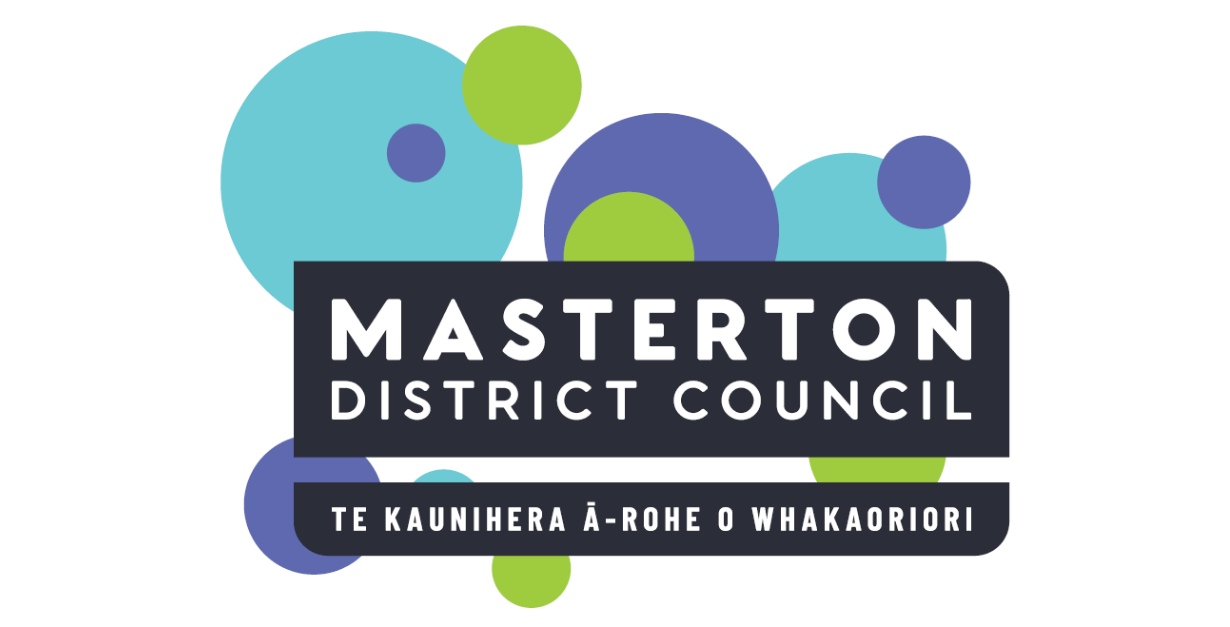During 1915 a war raged on overseas, taking our men and women, with many of them never to return. Featherston Military Training Camp became New Zealand’s biggest army training camp, covering nearly 30 hectares, and teaching around 60,000 men over less than four years. All these men needed some form of break from the constant instruction, and a trip up to Masterton could often involve a session at the local rink.
In early 1916, skating took on a fundraising perspective. A skating carnival was to be held at the Dixon Street rink over two nights in late March to raise money for the Wounded Soldiers’ Fund, through the Oddfellows’ Queen candidate. The night was well attended, with over sixty couples said to have participated. The hall was lent for free, and Mr Dowling offered his skates and expertise at no charge for the evening. It went so well that the event was repeated in early April, with remarkably high numbers attending again. The business had dropped the name of Glideaway Rink in all publications and had reverted to just the Dixon Street rink.
The enthusiastic start to the season had skaters excited, and they were more than ready for opening night. Mr Dowling had to order more new skates to cater for the growing crowds, and a special mention was made of the “visiting soldiers” who were likely to be men from the Featherston or Trentham Military Training Camps. One such soldier, Private E. Fraser who was also known as the Cardolph Skater, came up from Featherston Camp (which had opened in January) to show off his impressive skating skills.
Late in July, another carnival was planned, but with little fanfare in only one small advertisement in the Wairarapa-Age, which was in line with the very sparse promotion seen at the time. On 22 August, a new notice appeared in the Wairarapa Daily Times – the rink was to reopen the following night under completely new management. The new administration was not named, but they boasted about the “new seating accommodation […] first class dressing rooms, floor and skates.” Music was also to be supplied by the newly formed, 20-person Masterton Central (Private) Band. The night went well, according to a review, and the season quietly came to a close at the end of September. Over the off-season, the new management of the rink promised a total renovation, with a new and extended floor space. In December of 1916 Masterton gained another attraction with its first purpose-built theatre, the Cosy Theatre, opened to show motion pictures.
To carry on with the quiet theme that skating rink advertisements had taken on, the 1917 season opened with a three-line entry in the paper. A few months later saw a Letter to the Editor which was a complaint about “the skating rink with its [hideous] roar these lovely nights.” The writer requested that the building was made soundproof and goes on to say that “It is like a great drum reverberating at every sound, and magnifying the sounds within.” The noise would have been rather significant at times, as dozens of pairs of skates were rolling over a wooden floor in an echoey room, the laughing and shouting of both participants and onlookers, as well as the occasional brass band playing.
The remainder of the season carried on as usual, with a fancy dress event planned in August and a two-night carnival set to close the 1917 season. The carnival had the band lined up to play, and the evenings were to be full of prizes for best dressed and race winners, amongst others. A former Aucklander and professional skate carnival organiser was set to oversee the event, and he promised “some new attractions in the way of races and competitions.” The onus was put on the public’s participation for the night to have a favourable outcome, with the last line in the advertisement on the day of the event reading, “A big attendance is all that is required to make the evening a success.” Unfortunately, the knowledge as to how the carnival went has been lost to history, as no reviews seem to have been published.
